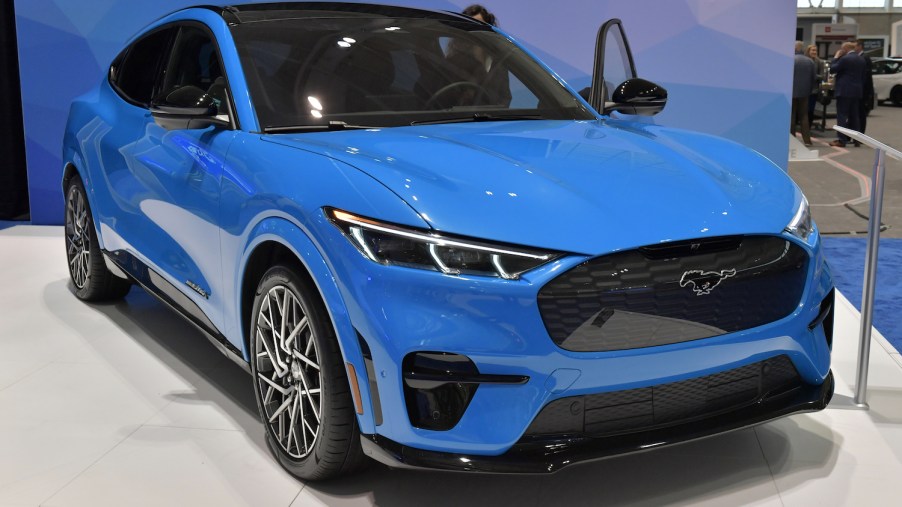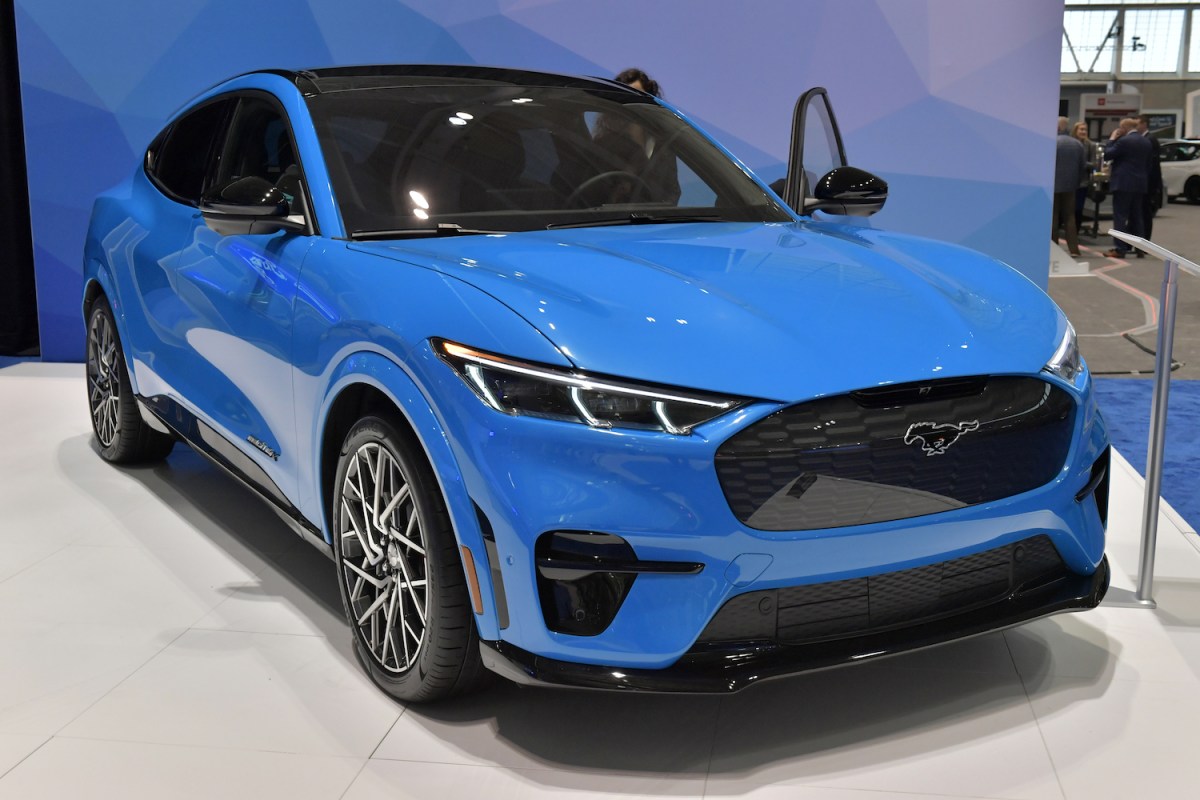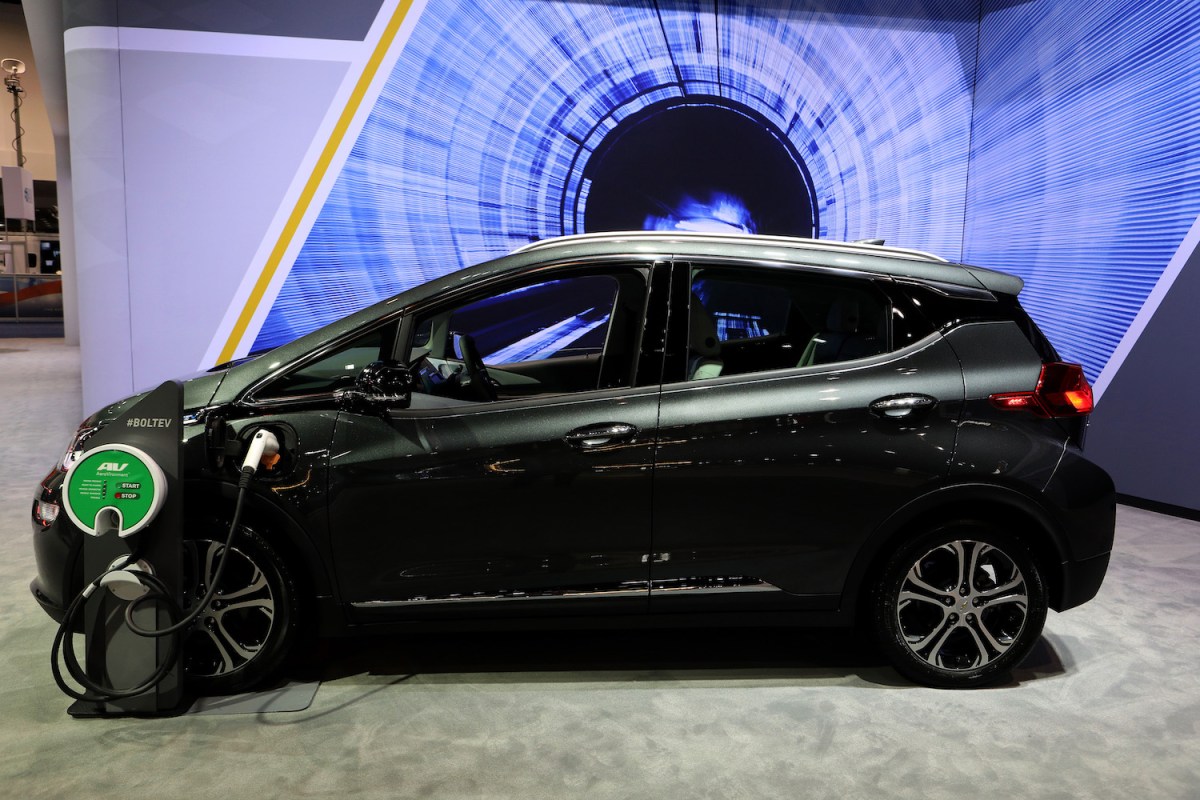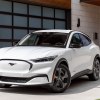
Top 3 EVs that Qualify for the Full $12,500 Tax Credit
News broke earlier this year that the Senate will advance tax credit up to $12,500 for EVs, but there are some stipulations. The electric vehicle market is heating up, and the government is willing to credit those who buy EVs a substantial percentage of the cars’ MSRP.
Buying a Tesla Model 3 just a couple of short years ago could earn an $11,000 total tax credit if bought in California. Now that Model 3 sales have leaped over 200,000 units, however, that federal tax credit of $7,500 has dropped off. There is some good news about that.
The Senate Finance Committee advanced the “Clean Energy for America” act at the end of May this year. This dissolves the 200,000 unit limit and instead would phase the credit out as U.S. auto sales reached 50-percent in the next three years.
The grand total for EV tax credit comes out to $12,500, but the only way to get that full tax credit is to buy an electric car assembled by United States union workers with an MSRP of $80,000 or less. At the moment this means electric cars built by Ford, Chrysler, and GM, and does not include Tesla. This limits the choices to just a few.
Ford Mustang Mach E

Earlier this year Ford released an all-electric SUV and slapped a Mustang emblem on its front grille. An odd choice, as the Mustang name is synonymous with gas-hogging ripper V8s that paint tarmac with burned rubber. Nevertheless, its design is much subtler than its history denotes, and in GT trim it hits 60-mph in just 3.8 seconds. Also with AWD, the Mach-E GT goes 270 miles on a charge. If the Clean Energy for America bill passes, the Mustang Mach-E GT would be a prime candidate considering its $60,000 price tag.
Chevrolet Bolt EV

Chevrolet’s Bolt EV takes the much tamer side of the spectrum. It’s a hatchback that gets to 60-mph in 6.5 seconds and only goes 260 miles on a charge. The numbers aren’t too impressive until the starting price, which is half of the Mustang. The Bolt is arguably more practical thanks to its smaller size, has a sport mode, and delivers 266 lb-ft of instant electric torque to the front wheels. It might not be the coolest electric car on the market, but for an entry-level EV, it delivers adequate performance.
Dodge Muscle Car
Dodge is supposed to release an electric muscle car within the next few years, so it might just barely make the cut to qualify for the full tax credit. The other unknown is the price, and electric performance cars aren’t exactly every-man affordable. Dodge does have a track record for building affordable performance cars and by the year 2024, electric cars may have gotten cheaper. Whether it qualifies or not, the prospect of an electric muscle car is exciting.
If all of these options don’t satisfy, American automakers are releasing several EVs over the coming years. Although Tesla doesn’t appear to be on the brink of unionizing, the EV market is becoming more competitive. Tesla may have set the gold standard, but soon it may not have the market cornered on self-sustained private transportation. According to Reuters, the bill includes a 30-percent tax credit for any manufacturers that retool or build new facilities for energy R&D.


